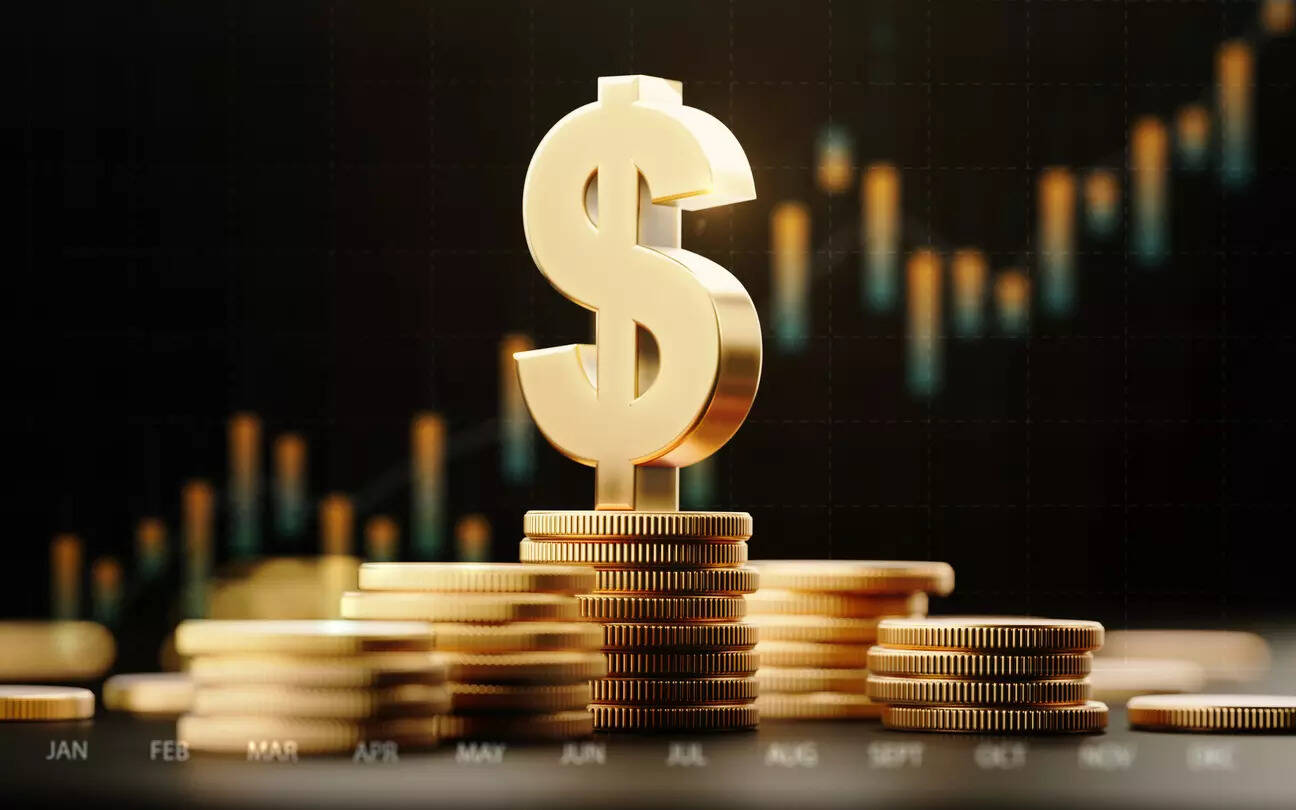
The U.S. dollar fell sharply on Monday as authorities stepped in to cap the fallout from the sudden collapse of Silicon Valley Bank, with investors hoping the Federal Reserve will take a less aggressive monetary path.
The U.S. government announced several measures early on Monday Asian hours, and said all SVB customers will have access to their deposits starting on Monday. Officials also said depositors of New York’s Signature Bank, which was closed Sunday by the New York state financial regulator, would also be made whole at no loss to the taxpayer.
The Fed also announced it would make additional funding available through a new Bank Term Funding Program, which would offer loans up to one year to depository institutions, backed by Treasuries and other assets these institutions hold.
The dollar index, which measures the U.S. currency against six rivals, fell 0.528% at 103.69, its lowest in nearly a month after Goldman Sachs said it no longer expects the Fed to deliver a rate hike at its March 22 meeting. It had previously expected a 25 basis point hike.
The SVB collapse led investors to speculate that the Fed would now hesitate to hike interest rates by a super-sized 50 basis points this month. Investor focus will now be on Tuesday’s inflation data to gauge how hawkish the Fed is likely to be.
“From the perspective of the FOMC, their concern is still inflation and inflation has not really decelerated,” Carol Kong, currency strategist at Commonwealth Bank Of Australia, adding that Tuesday’s CPI will continue to show that inflation remains persistently high.
“Given what’s happened in the U.S. financial system, a 25 basis point hike is more likely than a 50 basis point hike.”
The market is now pricing a nearly 18% chance of the Fed sticking to its current rate and an 82% chance of a 25 basis point hike. In contrast, the market was pricing a 70% chance of a 50 basis point hike before the SVB collapse.
“Terminal rate expectations should remain below the peaks reached during Powell’s testimony last Tuesday, with a more cautious approach likely in the aftermath of this meltdown,” said Karl Schamotta, chief market strategist at Corpay.
“The episode will contribute to higher levels of background volatility, with investors watching warily for other cracks to emerge as the Fed’s policy tightening continues.”
Meanwhile, the Japanese yen strengthened 0.95% to 133.71 per dollar, having touched a one-month high of 133.58 earlier in the session.
The euro was up 0.86% to USD 1.0731, hovering near the one-month high of USD 1.0737 it scaled earlier. Sterling was trading at USD 1.2139, up 0.92% on the day.
The Australian dollar surged 1.41% to USD 0.667, and was on track for its biggest one-day percentage jump since Jan. 6. The kiwi gained 1% at USD0.620.
Bitcoin and other cryptocurrencies rallied, with bitcoin last up 11.5% to USD 22,406.70. Ethereum last rose 11.75% to USD 1,593.70.
The two-year U.S. Treasury yield, which typically moves in step with interest rate expectations, was down 20.3 basis points at 4.385%, its biggest three-day decline since Black Monday in 1987.